Scotch Whisky, or simply Scotch, comes in many varieties. Scottish Single Malt and blended Scotch are the best known and most popular varieties! There are also blended malt, single grain and blended grain. Scottish Whisky production is a model for other Whisky productions worldwide. The glass of whisky, the dram, is an integral part of Scottish celebrations. The variety of flavours ranges from mild to fruity and full-bodied to smoky.
Scottish Single Malt
90% of all Single Malts come from Scotland - but only 10% of all Whiskies worldwide are Single Malts!
Malt whisky is one of the finest Whiskies and is mainly produced in Scotland. The Single Malt Whisky among the Scottish Whiskies may only be distilled from malted barley in pot stills. Malting is a complex process that used to be very time-consuming and physically demanding without modern technology. Today, the process has been industrially optimised. Scottish Single Malt is distilled twice, and very rarely three times, in pot stills. Since 2009, continuous production in column stills is no longer permitted. The Whisky is then matured for at least 3 years in mostly used oak casks. Due to the high demand, more and more Single Malt Whiskies are coming onto the market without an age statement. Bottles without an age statement do not show whether the Whisky was bottled after the minimum ageing period or only later. For many connoisseurs, however, a single malt needs to mature significantly longer.
A Whisky is labelled single if all the casks used for bottling come from a single distillery and have not been blended with Whiskies from other distilleries.
The distillate in the bottle must contain at least 40% alcohol!
The definition of single malt Scotch Whisky has become increasingly complex over the years. The Scotch Whisky Association's 78-page set of rules specifies every detail.
Video by Horst Lüning on the topic 'Definition of Scotch Single Malt Whisky' and a summary of the Scotch Whisky Association rules from 2014.
Here you can learn exactly how Malt Whisky is made.
Blended Malt
Attention! Please do not be fooled by the usual term 'blended'. Here the word 'malt' is also included and together they make a separate variety. A blended malt is a mixture of single malts from different distilleries.
Grain Whisky
This term groups together Whiskies mainly from Scotland and Ireland that are not made from malted barley. They can contain any type of grain, including blends. Most grain Whiskies today contain wheat, as it offers a higher yield than maize, which used to be used for cost reasons. On column stills, grain whisky can be distilled higher than Malt Whisky. However, it contains less aromas.
Grain Whisky is mainly produced for the blended Whisky industry. These Whiskies are distilled almost exclusively with the cheaper column still distillation method. The maturation period is also rather short. Since 2014, there have been increased efforts to place the mild grain Whisky with connoisseurs, also as a single grain bottling.
Blend
Blend is any mixture of different whiskies (malt, grain). They differ in the variety, but above all in the origin, i.e. the distilleries.
Blended whisky gets its character from the ratio of whiskies from different distilleries, as each distillery produces a different flavour through its method of production. For the well-known varieties, the ratio is always the same so that the taste does not change. To produce the mass of blends, there are malt whisky distilleries that distil exclusively for the blended whisky industry and do not bottle single malts.
The majority of the whisky contained is usually grain whisky. The better the blend, the higher the proportion of malt whisky. Blended whisky is not only known in Scotland, many blends are also produced in Ireland.
Read more about it here .


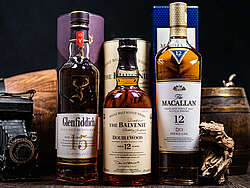
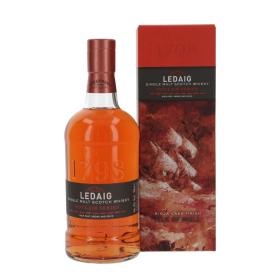
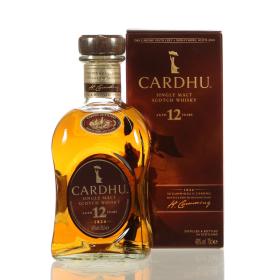
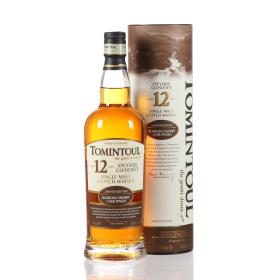
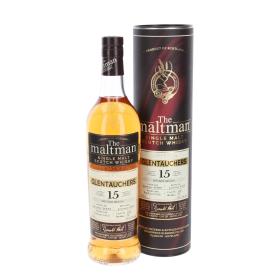
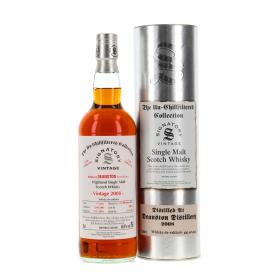

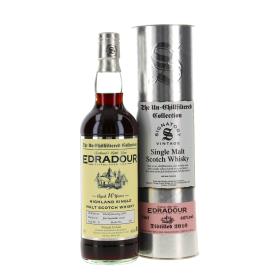
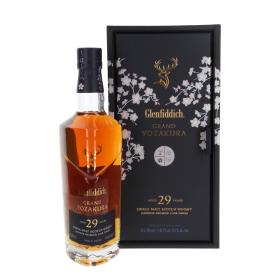
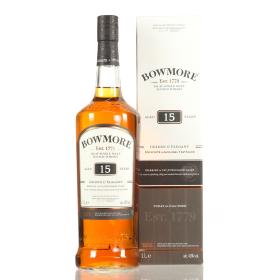
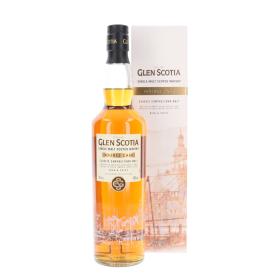

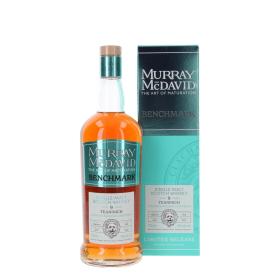


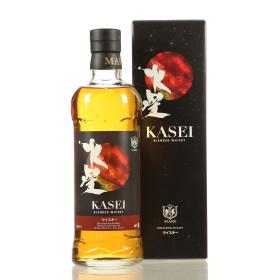
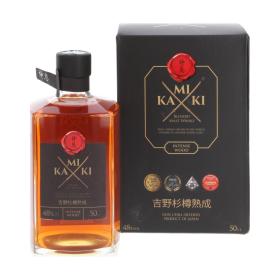
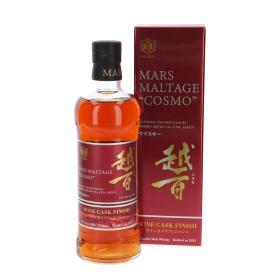

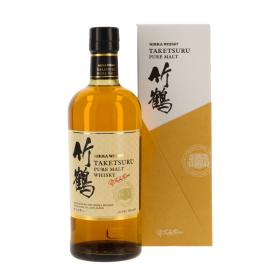
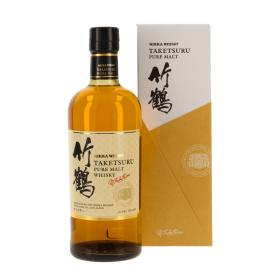
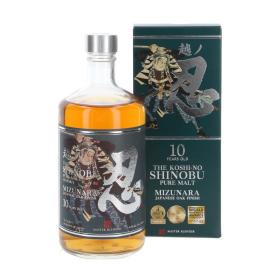
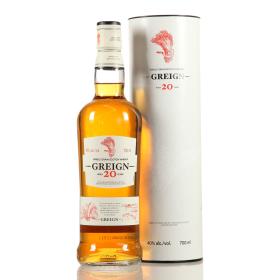
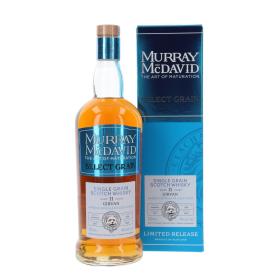
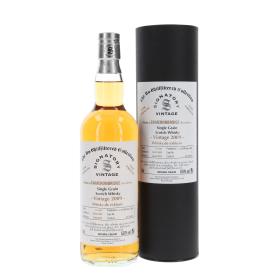
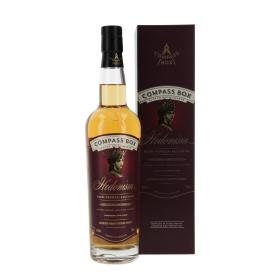
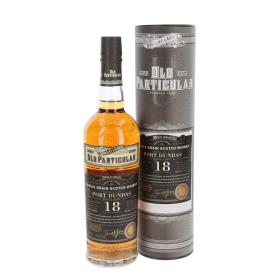
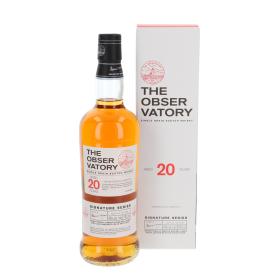
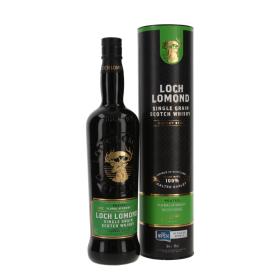
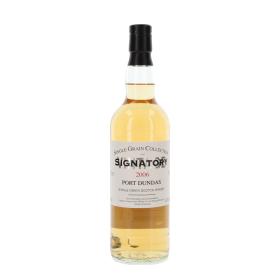
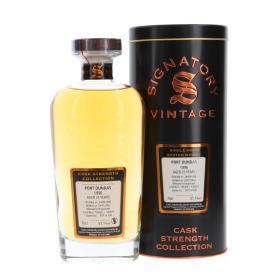
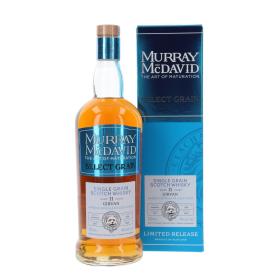


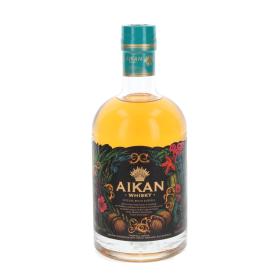
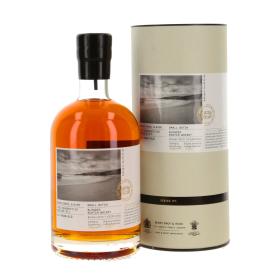
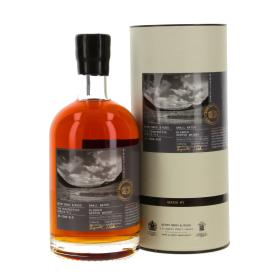
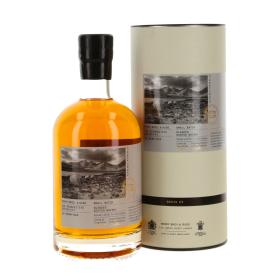
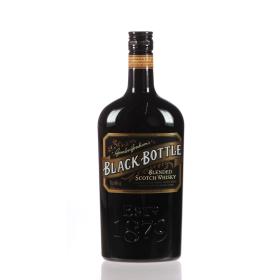
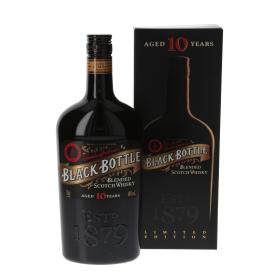


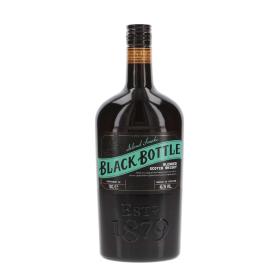

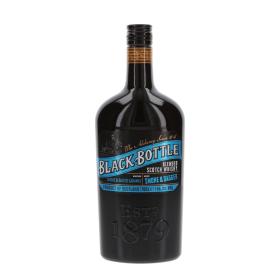
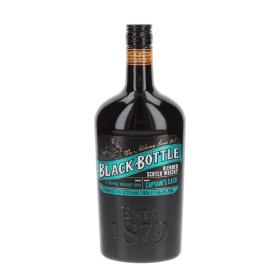






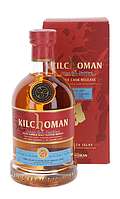
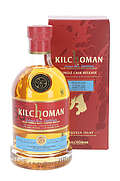
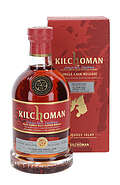
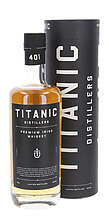
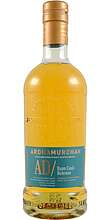



To comment, you must be logged in